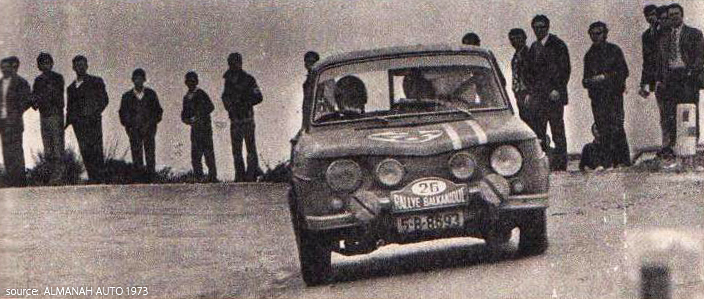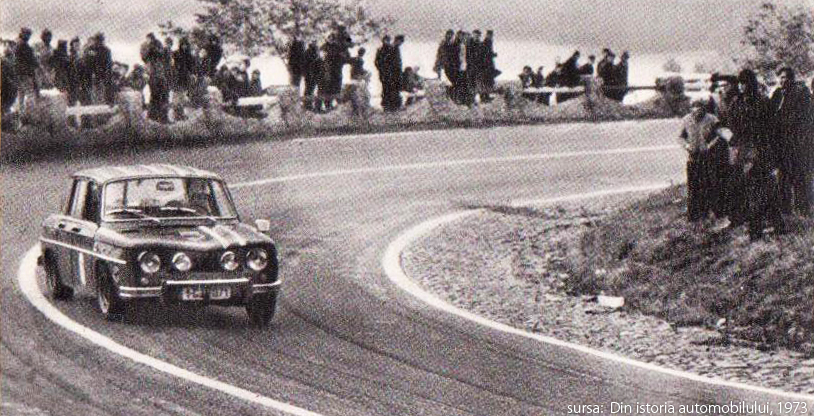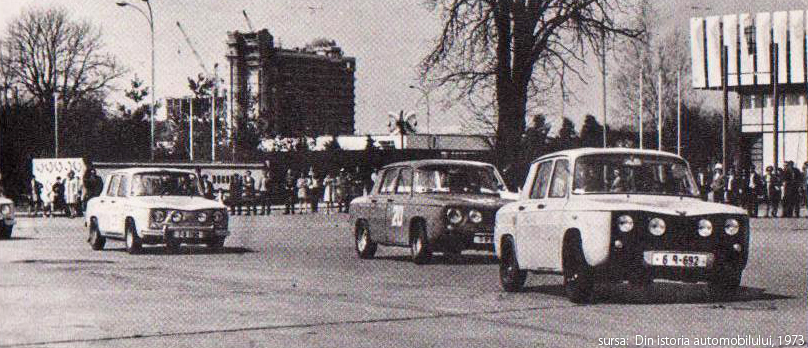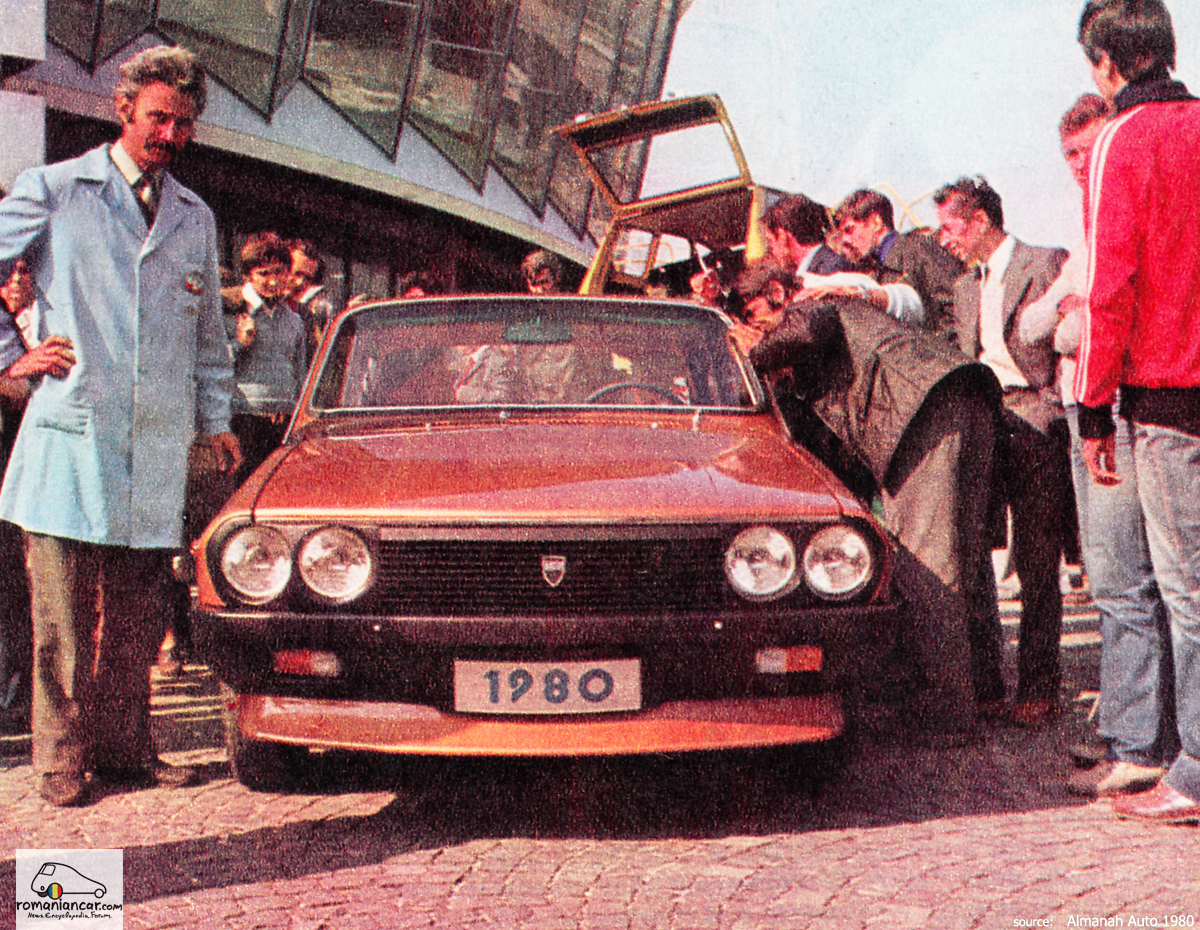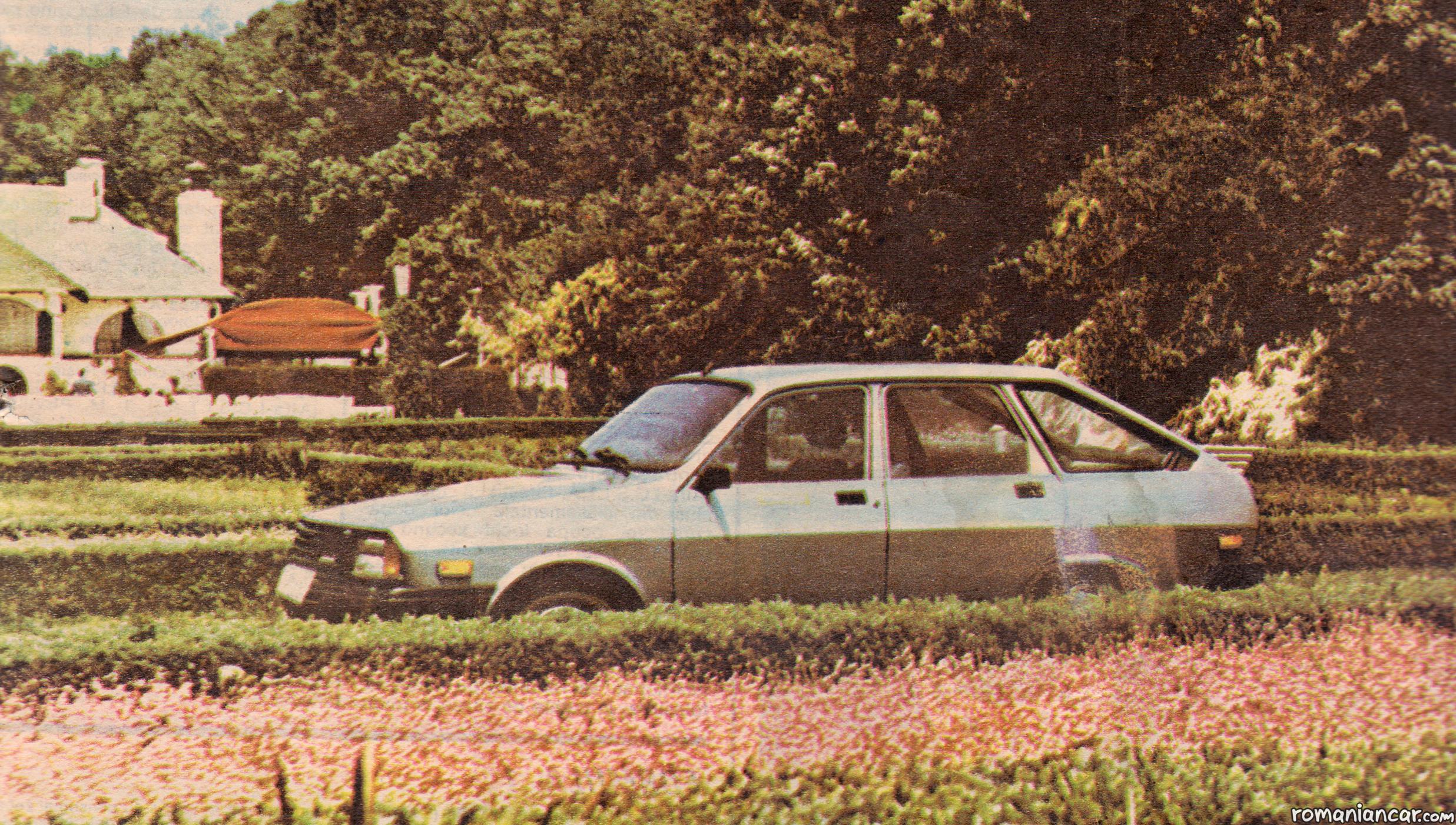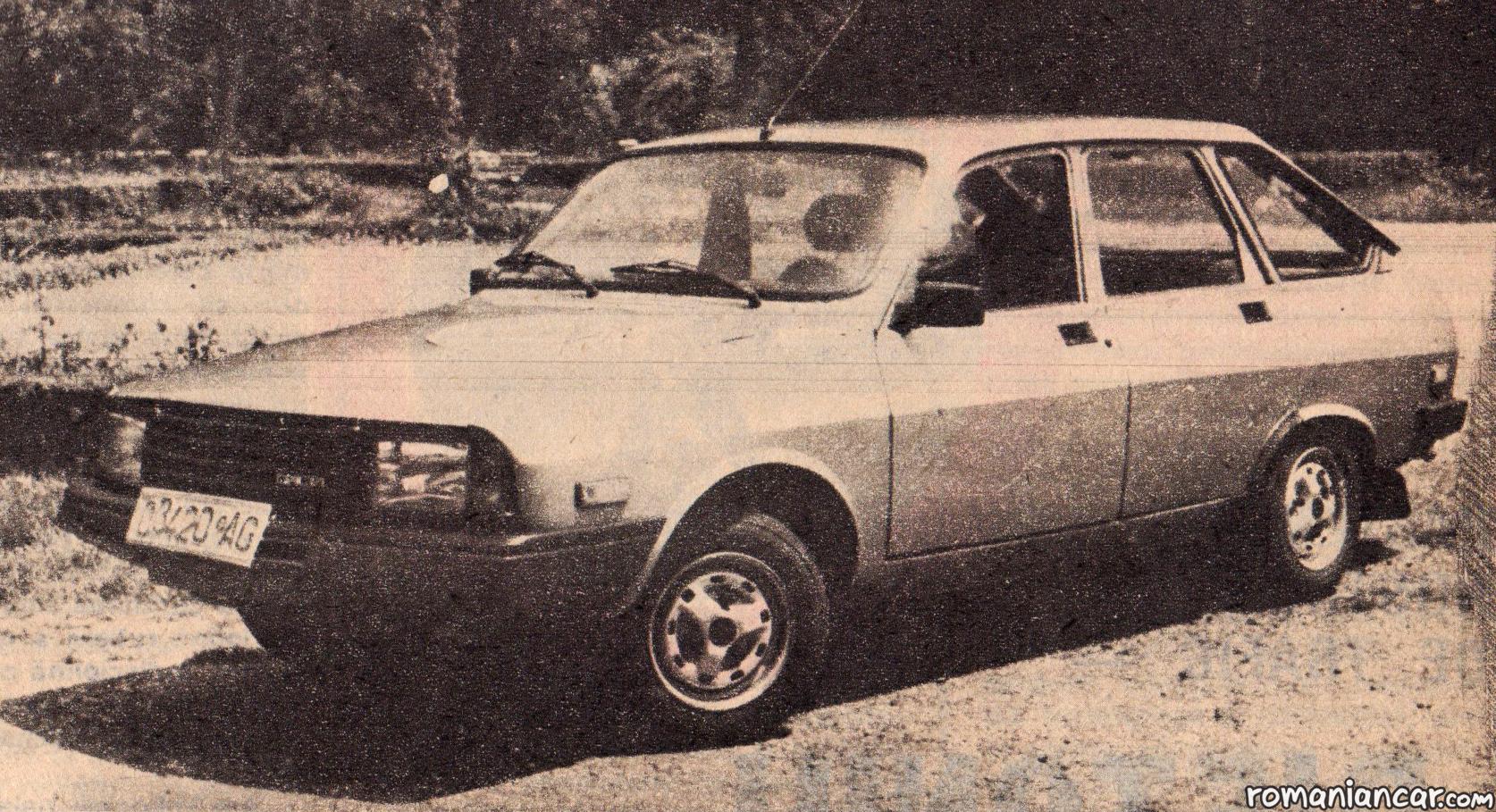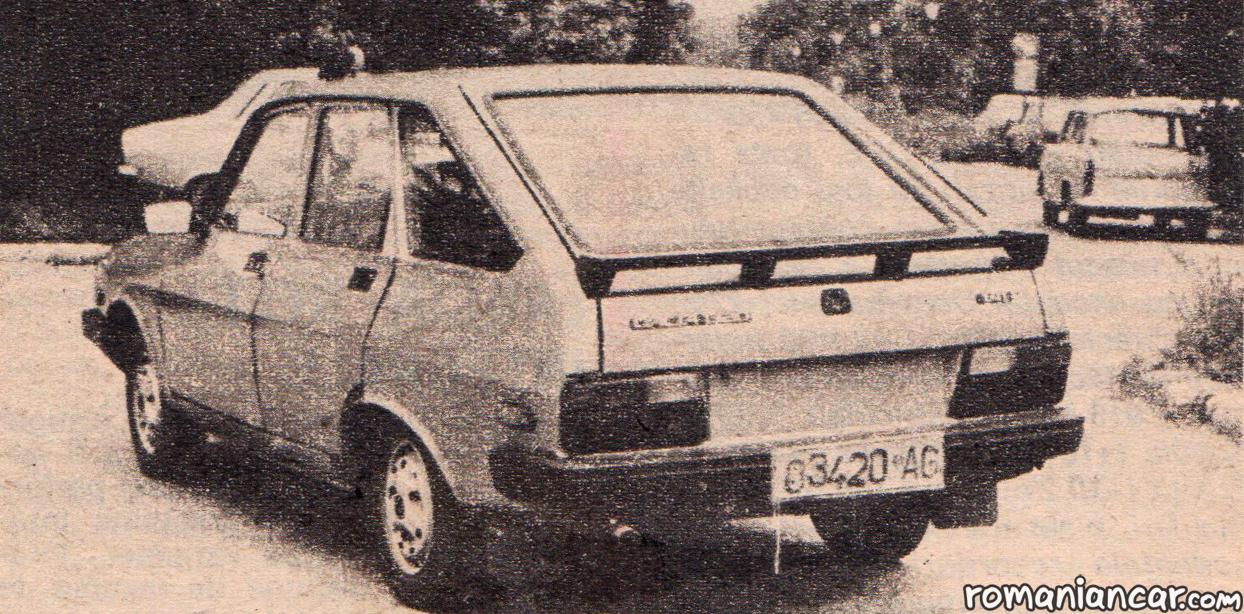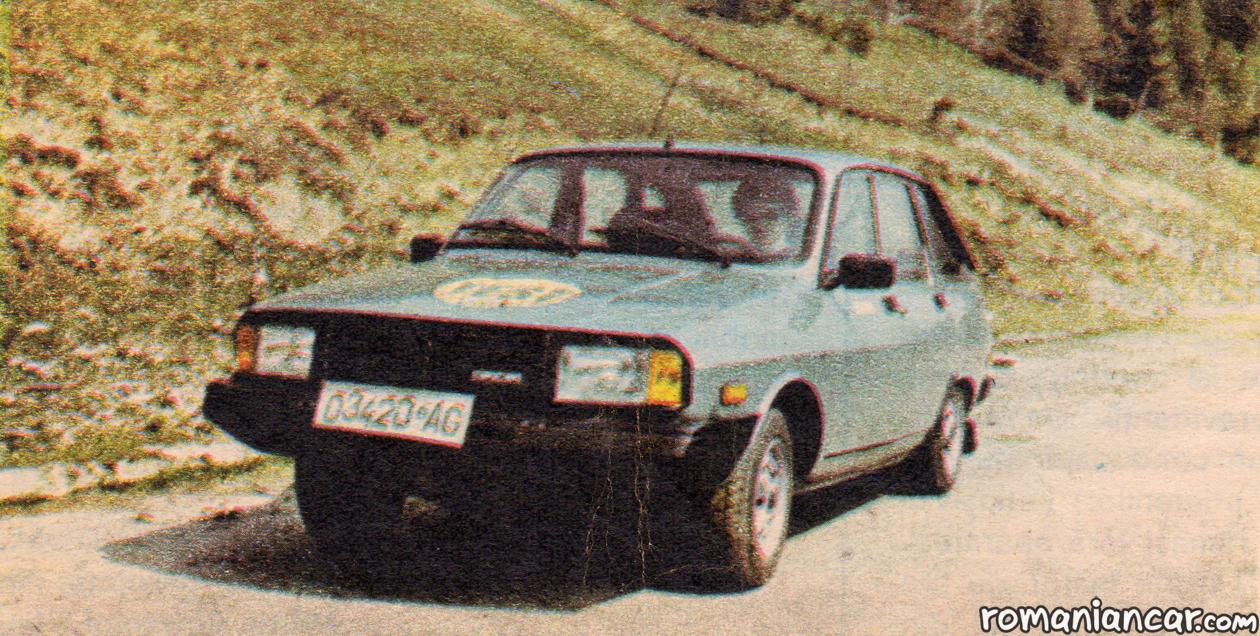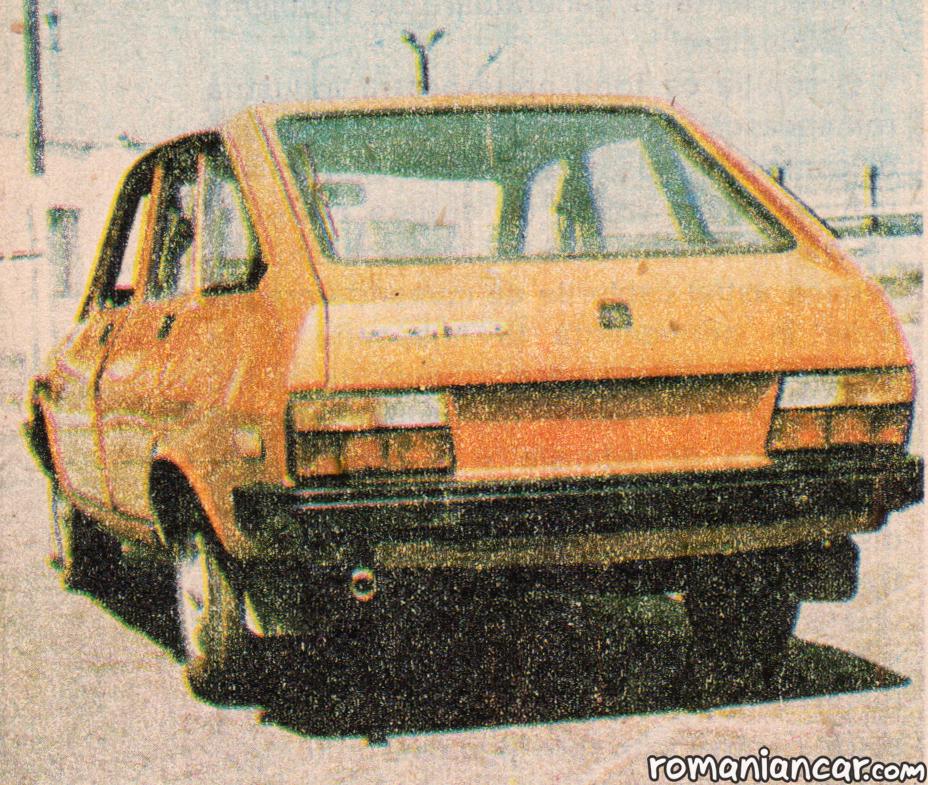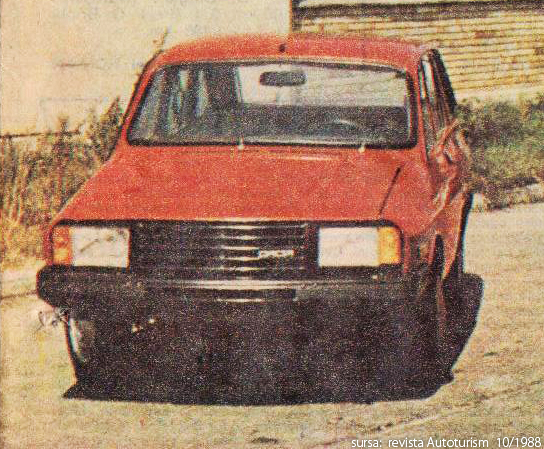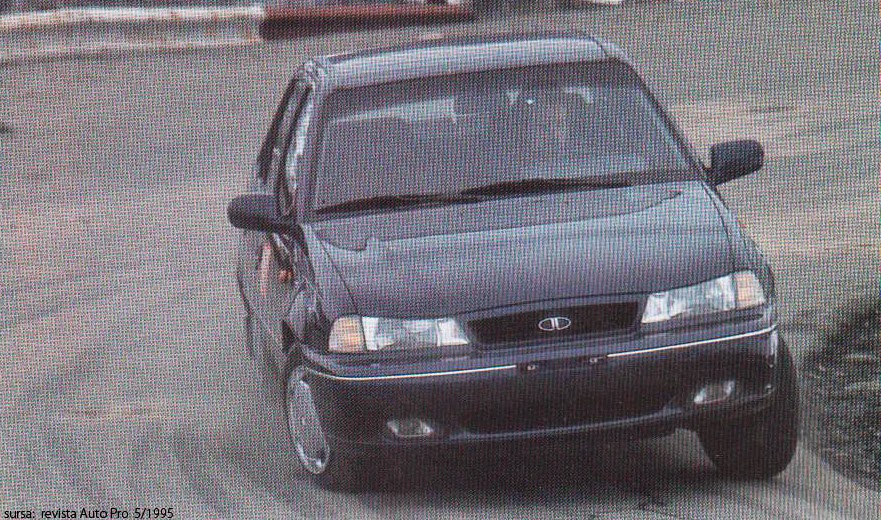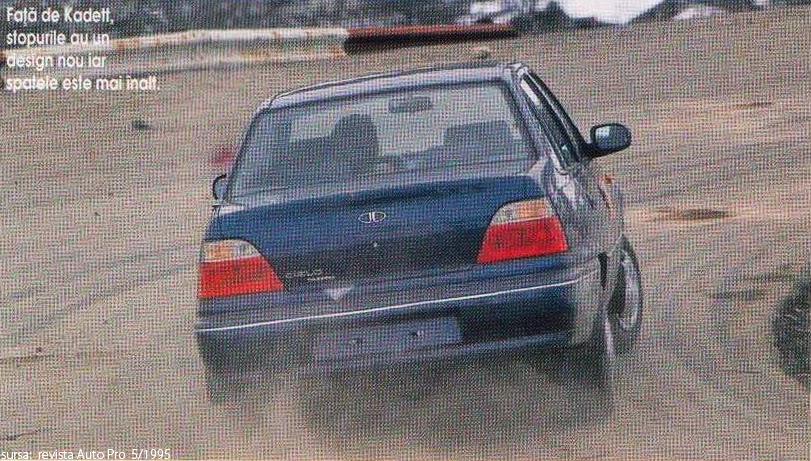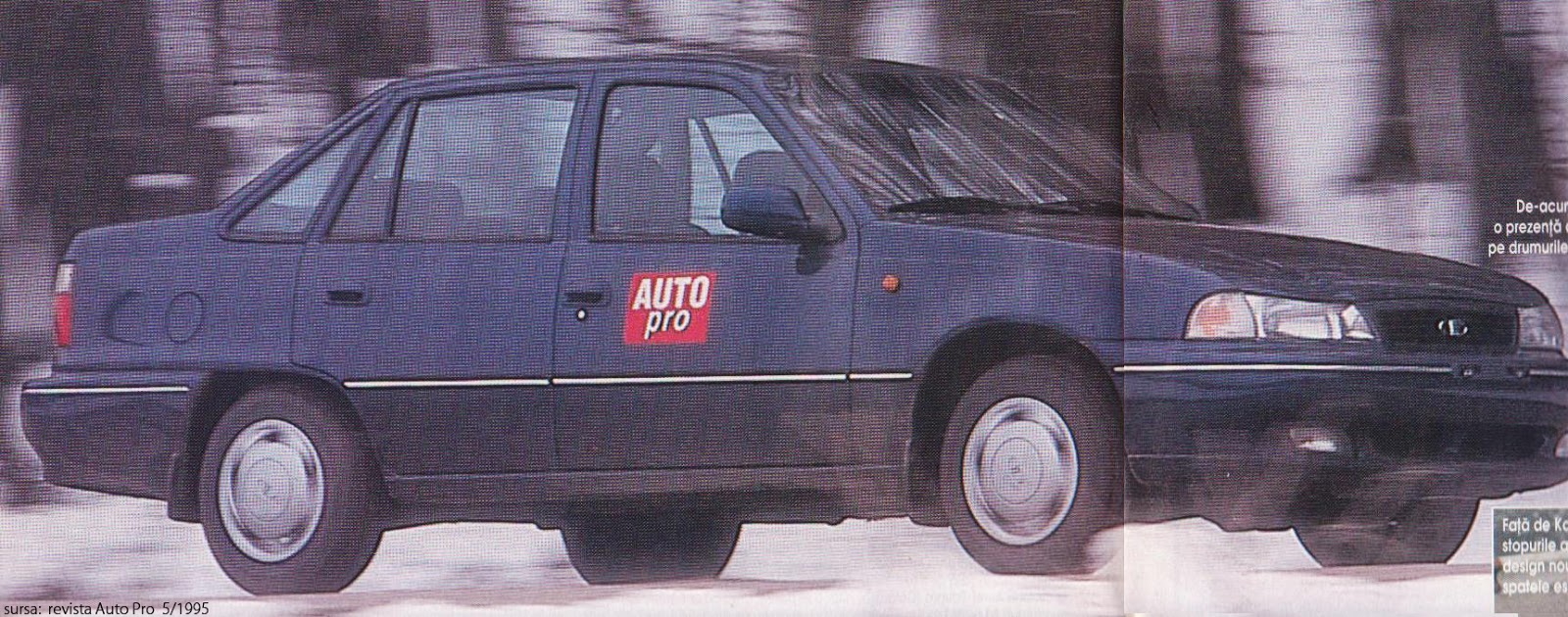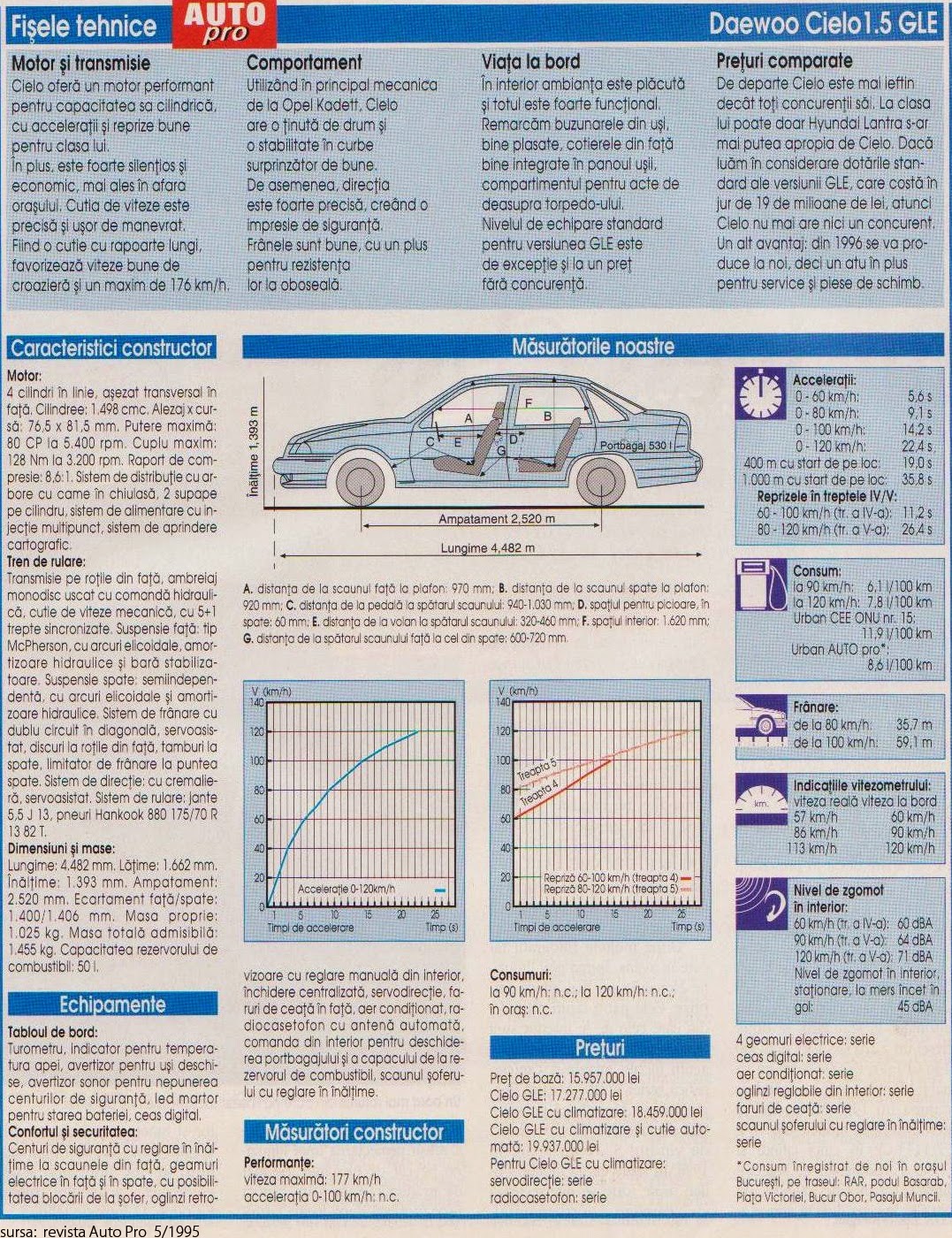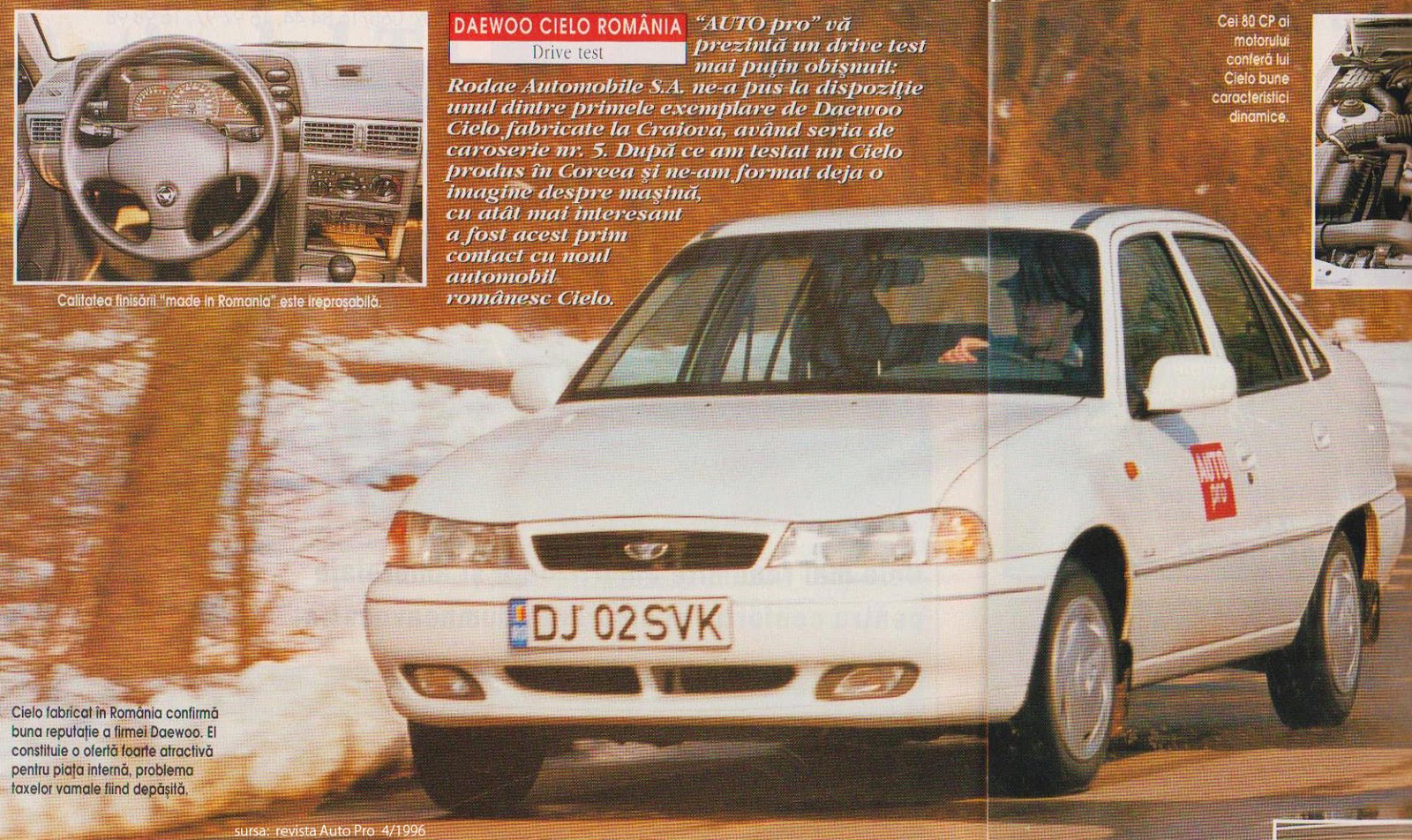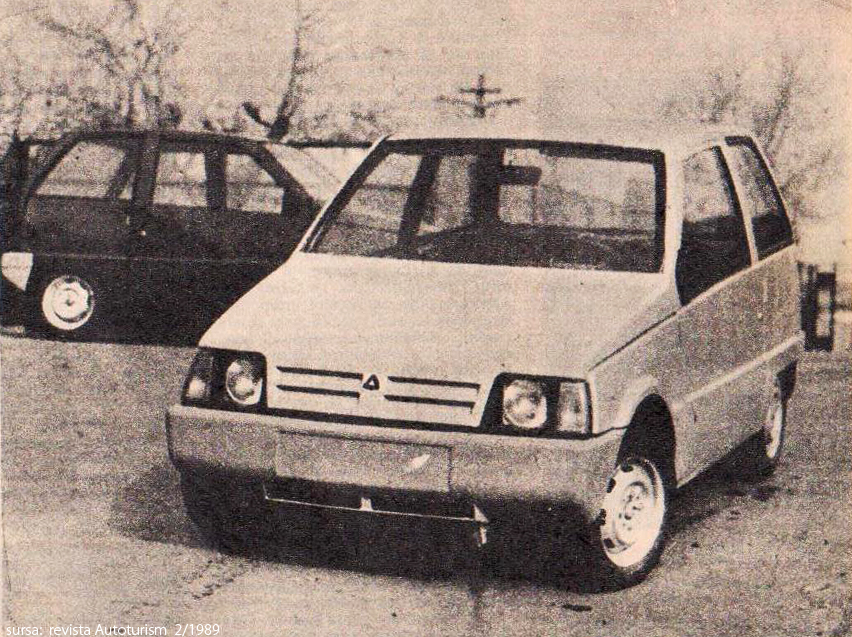 Dacia 500 Lastun was a small four-seater made at IA Timisoara for two years, from January 1989 to January 1991, in over 6000 units. The car had a small 499 cc air cooled parallel-twin engine, derived from Oltcit Club, which produced 22.5 HP. Dacia 500`s failure was caused by the lack of quality in development, production and service.
Dacia 500 Lastun was a small four-seater made at IA Timisoara for two years, from January 1989 to January 1991, in over 6000 units. The car had a small 499 cc air cooled parallel-twin engine, derived from Oltcit Club, which produced 22.5 HP. Dacia 500`s failure was caused by the lack of quality in development, production and service.
In March 1980 the Ministry of automotive industry received the task of developing an economical vehical for urban transportation, with 2+2 seats, that has a maximum speed of 70 km/h and a consumption of 2-3 l / 100km. This task was then asigned to a group of specialists from INMT and ICSITA Pitesti
An experimental model was released in 1980, named “Egreta”. Later, between August 1980 and June 1983 were made several mechanical tests on three Egreta models. The experimental model called “Student” was developed in 1981. In 1982 was conducted a survey of 300 people which chose the final bodywork type. That was also the time that the name “Lastun” has been chosen.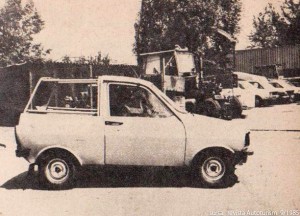
Between 1984 and 1985 has been the prototype approval. After this, in 1987 has been approved the zero series. Later the Dacia 500 was put in sale, but the problems appeared instantly. The original bodywork material (acrylonitrile butadiene styrene) was rejected by the government, and was replaced by a low quality polyester. That resulted in low quality in assembly and reliability. The stock parts were missing even from the start and they weren`t produced after the production shut down.
Characteristics of Dacia 500 Lastun : weight 525 kg, maximum speed 106 km/h, lenght 2950 mm, width 1410 mm, 22.5 HP at 5500 rpm, consumption at 50 km/h – 3.3 l, urban consumption 4.5 l / 100km, independent suspensions. Romanian article about Dacia Lastun.
Bibliography:
Automobilul in Romania, CHIRIAC VASILIE, 1994, Editura Flux
Transportul Modern, TRAIAN CANTA, 1989, Editura Albatros
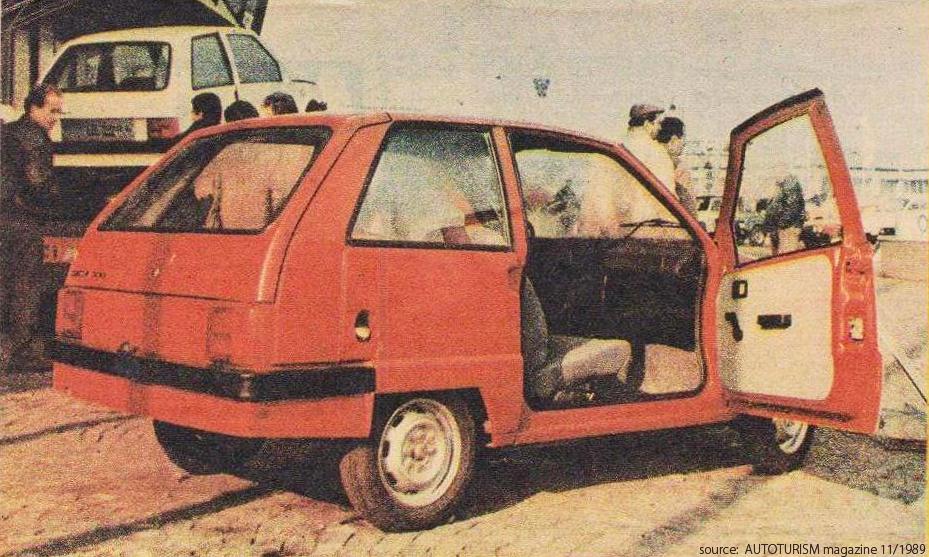
Dacia Lastun Prototype – Extended
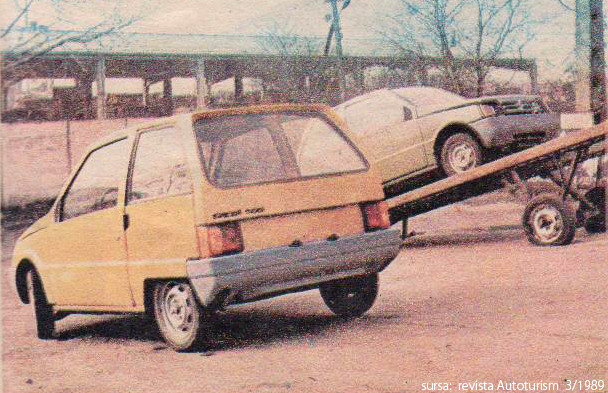
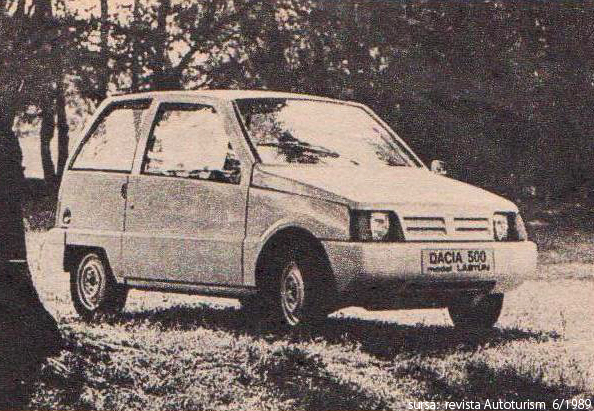
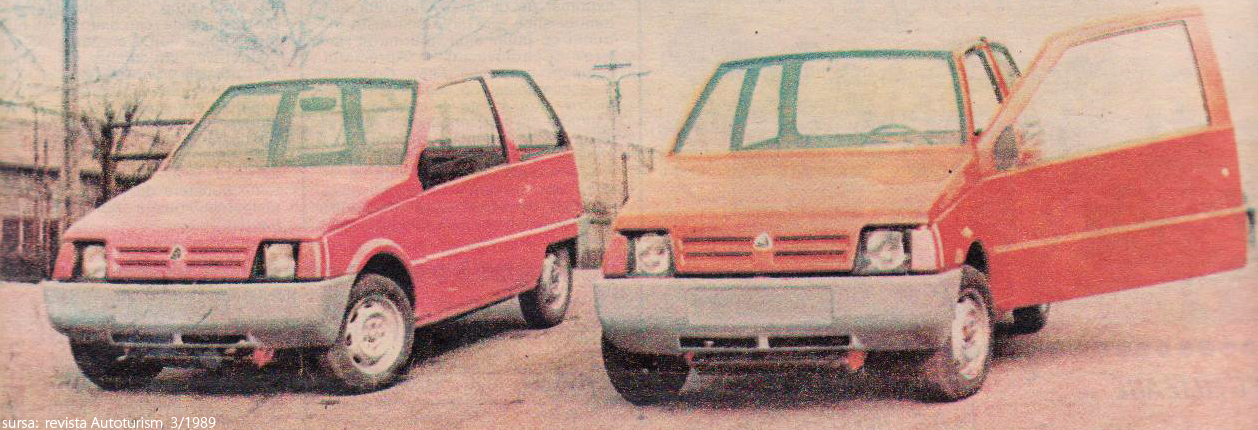
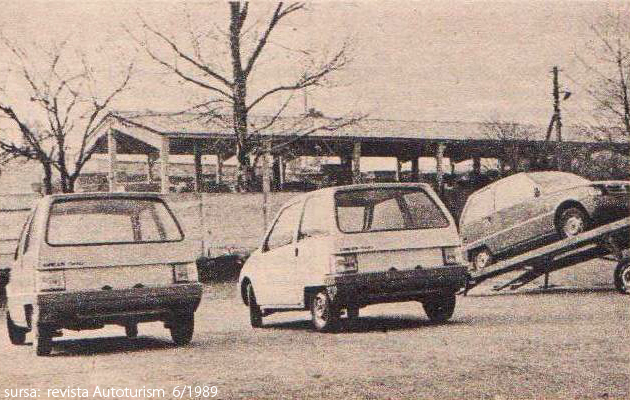
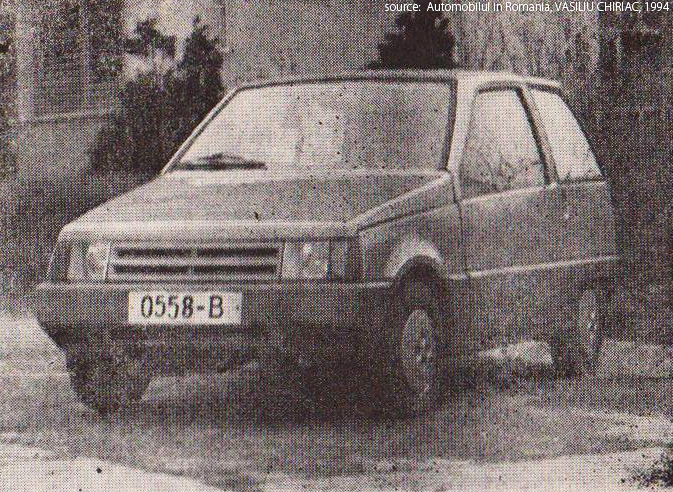
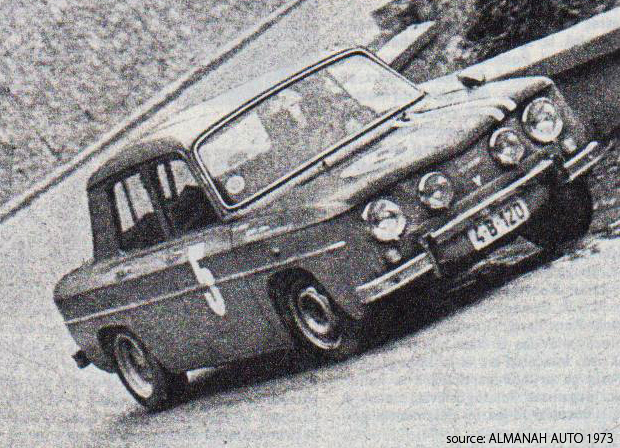 Dacia 1100 S is a rare racing version of the production series Dacia 1100. It was produced in 100 units. It has 4 headlights and a modified 1108 cc 60 HP engine, type 688-09. It uses a Weber carburetor. Initially produced for the rally department, 50 units of Dacia 1100 S were allocated to the “Militia”(the police at that time). They were used as high performance patrolling vehicles. The rally team of Uzina de Automobile Pitesti (UAP) consisting of Constantin Pescariu and Ioan Cârjoabă competed at the 1969 “Golden Sands” championship.
Dacia 1100 S is a rare racing version of the production series Dacia 1100. It was produced in 100 units. It has 4 headlights and a modified 1108 cc 60 HP engine, type 688-09. It uses a Weber carburetor. Initially produced for the rally department, 50 units of Dacia 1100 S were allocated to the “Militia”(the police at that time). They were used as high performance patrolling vehicles. The rally team of Uzina de Automobile Pitesti (UAP) consisting of Constantin Pescariu and Ioan Cârjoabă competed at the 1969 “Golden Sands” championship.

 Română
Română